Warframe’s Free-to-Play Model: A Benchmark for Ethical Monetization in Gaming
In an era where many free-to-play (F2P) games are often criticized for aggressive monetization, Warframe stands as a shining example of how to implement an ethical and genuinely player-friendly F2P model. Developed by Digital Extremes, it defies the common P2W (pay-to-win) pitfalls, offering a vast majority of its content, Warframes, weapons, and gameplay systems accessible entirely for free. Its monetization focuses on cosmetic purchases and convenience, fostering a level of goodwill and loyalty rarely seen in the gaming industry. This deep dive will explore the pillars of Warframe’s F2P model, demonstrating why it’s considered a benchmark for fair and sustainable game design.
The Cornerstones of Warframe’s F2P Philosophy
Warframe’s approach to monetization is built on principles that prioritize player experience over coercive spending.
- Everything Earnable In-Game: This is the golden rule of Warframe’s F2P. With very few exceptions (like certain Prime Access packs or exclusive cosmetics), every Warframe, weapon, Companion, Mod, and resource can be acquired through gameplay. This means players can experience the entirety of the game without spending a single cent of real money.
- Premium Currency (Platinum) is Tradable: Platinum, Warframe’s premium currency, is the primary source of revenue for Digital Extremes. However, unlike most F2P games, Platinum can be freely traded between players. This means that highly dedicated free players can grind for valuable items (like Prime parts, rare Mods, or Rivens) and sell them to other players for Platinum, effectively earning premium currency without real-world money. This player-driven economy is a game-changer for F2P accessibility.
- Focus on Cosmetics and Convenience:
- Cosmetics (Skins, Syandanas, Armor): The vast majority of items that can only be purchased with Platinum are cosmetic. These allow players to customize the appearance of their Warframes and weapons, offering a strong incentive for those who want to personalize their experience without gaining any gameplay advantage.
- Slots (Warframe, Weapon, Mod): The most common “convenience” purchase. While a limited number of slots are provided for free, expanding your inventory to hold more Warframes, weapons, and Mods requires Platinum. However, these are finite purchases that serve utility rather than power, and players can acquire enough Platinum through trading to cover these costs over time.
- Boosters (Resource, Affinity, Credit): These temporarily increase the rate at which players earn resources, XP, or Credits. They accelerate progression but don’t provide exclusive power. They are a common purchase for players who value their time.
- Forma & Orokin Reactors/Catalysts: These are critical items for build optimization. While they can be farmed in-game, purchasing them with Platinum offers a shortcut. Again, these are convenience, not exclusive power.
The Prime Access Model: Supporting Development with Exclusive Value
Prime Access is Warframe’s primary form of paid content bundle, offering a unique value proposition.
- New Prime Warframes & Weapons: Every few months, a new “Prime” version of an existing Warframe and its signature weapons are released. Prime variants have slightly improved base stats and unique cosmetic flourishes.
- Bundle Structure: Prime Access bundles include the new Prime Warframe and weapons immediately, exclusive cosmetics (like unique Syandanas or Armor sets), and a significant amount of Platinum.
- F2P Accessibility: Crucially, all Prime Warframes and Prime weapons can be farmed in-game by collecting their “Prime Parts” from Void Relics (a special mission type). This means paying for Prime Access is a choice for immediate access, exclusive cosmetics, and supporting the developers, not a requirement to own the items themselves. This model is lauded for its fairness.
Player-Driven Economy: The Trade Chat and Beyond
The ability to trade Platinum and valuable items creates a dynamic and self-sustaining player economy.
- Relics and Prime Parts: Players can farm Void Relics, crack them open in Fissure missions, and collect Prime Parts. These parts are then traded to other players who want to build the Prime items without farming.
- Rare Mods: High-value Mods like Primed Mods, Corrupted Mods, or Rivens are often traded for substantial amounts of Platinum.
- Player-to-Player Interaction: The trade chat channel in-game (and external websites like Warframe.market) allows players to buy and sell items, fostering community interaction and providing a direct economic loop for F2P players to earn premium currency.
The Impact of Warframe’s F2P Model
Warframe’s approach to monetization has had several profound impacts.
- Strong Player Loyalty: By not segmenting its player base or creating P2W advantages, Digital Extremes has built immense trust and loyalty with its community. Players feel respected and are often more willing to spend money knowing it directly supports a game they value.
- Sustainable Live Service: The model has allowed Digital Extremes to consistently deliver massive free content updates for over a decade, proving that a generous F2P model can be incredibly profitable and sustainable.
- High Player Retention: The accessibility and rewarding progression loop encourage long-term engagement, as players are rarely “paywalled” out of content.
- Industry Influence: Warframe’s success serves as a powerful counter-narrative to aggressive F2P practices, influencing discussions around ethical monetization in the wider gaming industry.
Warframe’s F2P model is a masterclass in balance. It perfectly blends player accessibility with developer sustainability, creating a thriving ecosystem where dedicated free players can achieve anything a paying player can, albeit with more time investment. This commitment to fairness, combined with a constantly evolving game, solidifies Warframe’s reputation not just as an excellent action RPG, but as a paragon of ethical free-to-play game design.
What aspect of Warframe’s F2P model do you appreciate the most, and how has it influenced your gameplay?
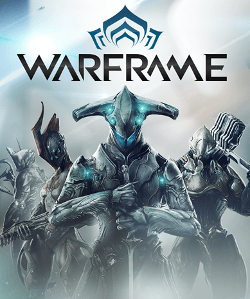



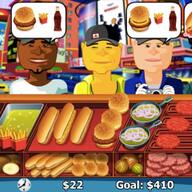



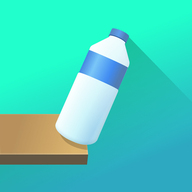
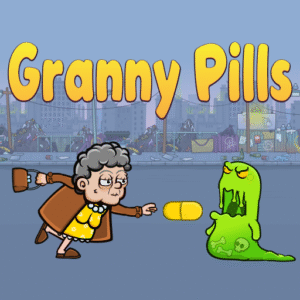
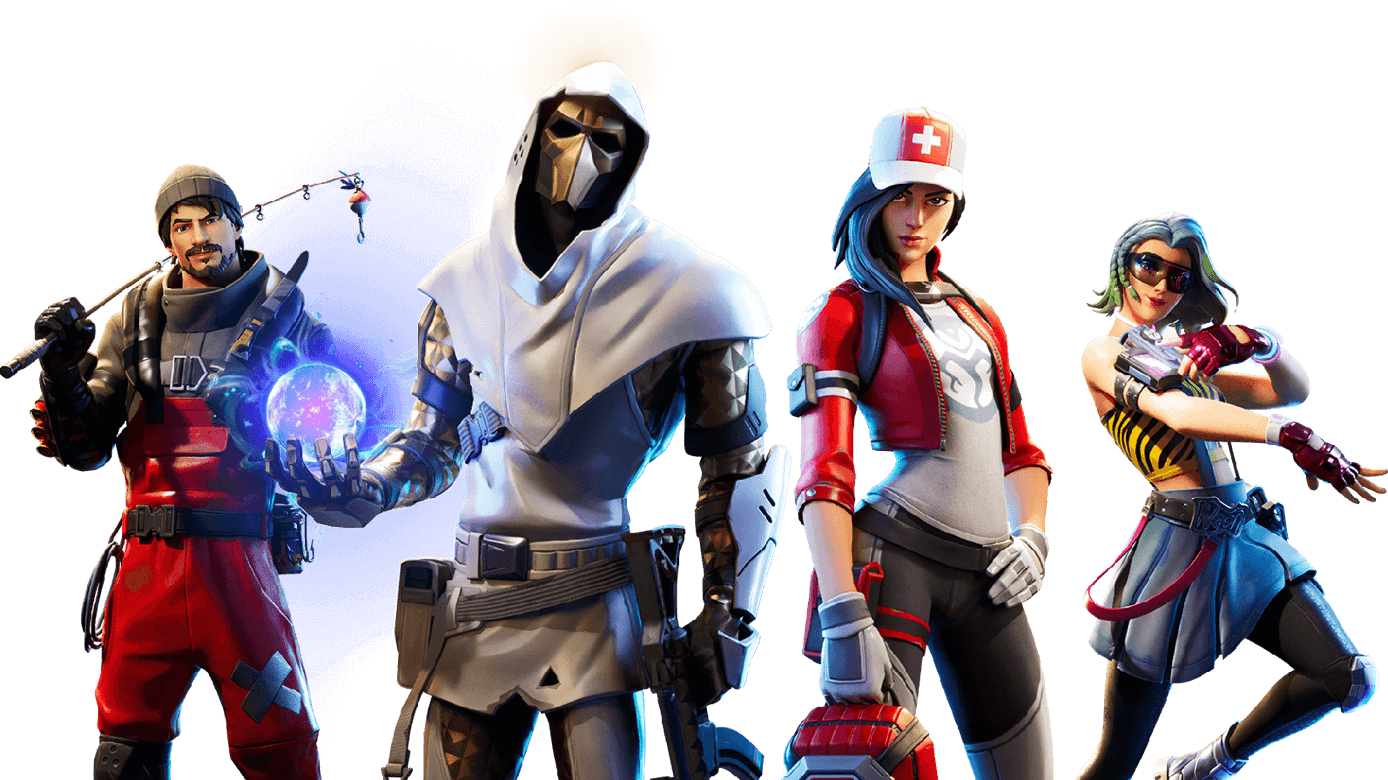
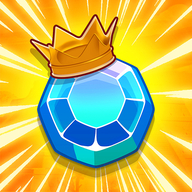





Angela
added 3 days agoI want to play with my friends
Tommy
added 1 hour agoThis game looks super fun. Is it available on mobile?
Lisa
added 5 minutes agoI really love the graphics. So impressive!
Mark
added 2 days agoWhere can I download this game?
Jenny
added 6 hours agoJust tried it out. Totally hooked already!
Steve
added 3 minutes agoMultiplayer mode needs improvement, but overall great!
Sophie
added 8 hours agoReminds me of the old-school games. Love the nostalgia.
James
added 1 day agoCan someone recommend a similar game?
Emily
added 9 minutes agoThis deserves more attention. It’s a hidden gem!
Kevin
added 4 days agoServer lags sometimes. Hope devs fix it soon.
Alice
added 2 hours agoIs there a story mode or only online battles?
Daniel
added 10 hours agoBest free game I’ve played in a while. Props to the devs!